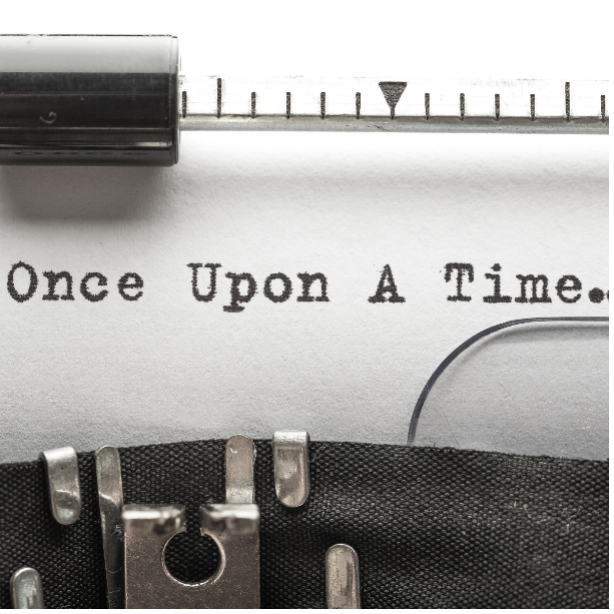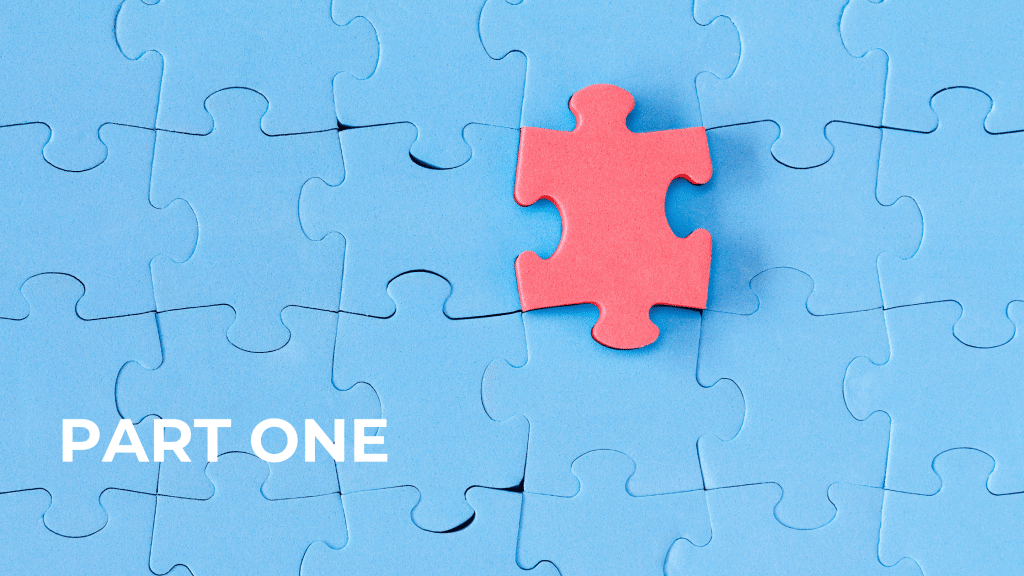Elbert Hubbard’s essay “A message to Garcia” published in 1899, was considered an important literary work about military leadership for over 100 years, and dropped from the Marine Corps Commandant’s reading list in 2015 after making the list for more than 25 years.
“A message to Garcia” tells a simple story of US military officer Rowan, who was given a seemingly impossible mission to deliver a message to a leader named Garcia during the Spanish-American War.
When Rowan took the letter he did not ask, “Where is he at?” Instead, he travelled to Cuba in an open boat, disappeared into the jungle, and in three weeks came out on the other side of the Island, traversing a hostile country on foot, having delivered his letter to Garcia.
The story may have been taken off the reading list because, let’s face it, it’s extremely dated. And because curiosity is so highly valued in leaders, it was concerning that Rowan blindly followed his orders without question.
However, it’s still a good story about how someone comfortable with difficult problems can achieve great things.
Rowan’s calm demeanour would have enabled him to remain focused despite the risks and uncertainties. He wasn’t given explicit instructions about each step of his journey and obviously tapped into his ingenuity and initiative as he willingly took on an unclear task despite the uncertainty.
People who enjoy taking on new tasks or projects and are comfortable with difficult problems are less likely to let emotions get the better of them or get stuck in the problem. They tend to persist until they find a way through the complexities and risks.
Sir Richard Branson, someone who also likes to take on difficult problems, said “My attitude has always been, if you fall flat on your face, at least you’re moving forward. All you have to do is get back up and try again.”
Both Rowan and Sir Richard seem to willingly take on difficult problems despite their risks and uncertainties.
When we manage how we think and feel about problems it’s easier to embrace the unknown. When that happens, you open yourself to learning the skills and knowledge you need. You open your ability to think and tap into your creativity, so you can dig deeper and wider to find a solution.
Interestingly, Harvard Business School Professor Rosabeth Moss Kanter believes the happiest people she knows are dedicated to dealing with the most difficult problems because they face those problems with a conviction they can do something.
She explains in the Harvard Business Review article “The Happiest People Pursue the Most Difficult Problems” how her research found people are motivated by mastery, membership and meaning, and when people are motivated by the three ‘Ms’ they are also likely to produce innovative solutions to difficult problems.
So, how do you get more comfortable with difficult problems to reap the rewards?
You could take Sir Richard’s advice. He said, “If somebody offers you an amazing opportunity but you are not sure you can do it, say yes – then learn how to do it later!”

Or given that we’re swinging between the old and the new in this blog, you could picture yourself as a blacksmith shaping iron in the forge’s heat, patiently sensing what is happening and then use your creativity to mould what emerges into opportunities.
Rowan must have had to continually ground himself in the present as each new challenge emerged. I also imagine he found meaning in the important task he was given.
However, you don’t have to go as far as taking on a challenge as daunting as Rowan’s, you can use evidence-based strategies to get more comfortable with difficult problems.
Proven strategies include practising mindfulness or using creativity tools like one of the many card packs that help you kick-start creative thinking. I like the 75 tools for creative thinking and Thinkpak card packs if you’re looking for somewhere to start.
I’d love to hear what has helped you get more comfortable with difficult problems and the difference that has made.







